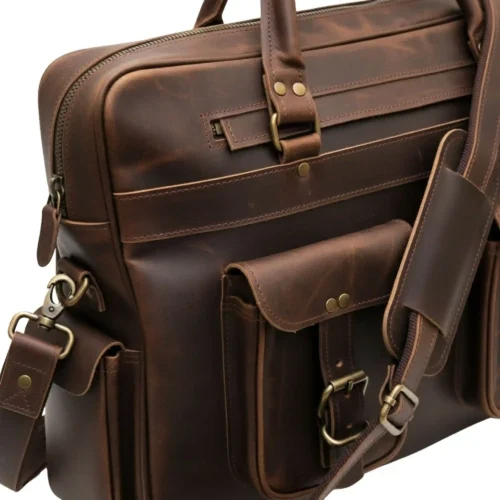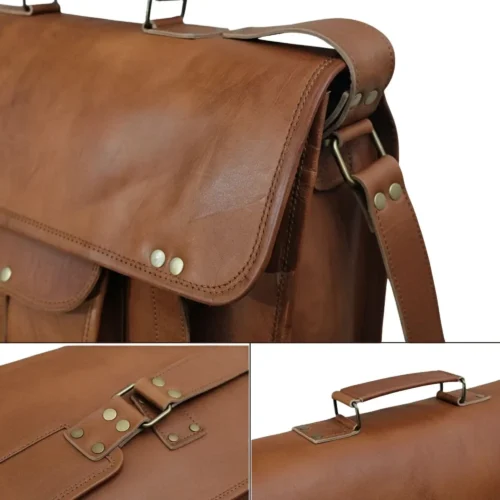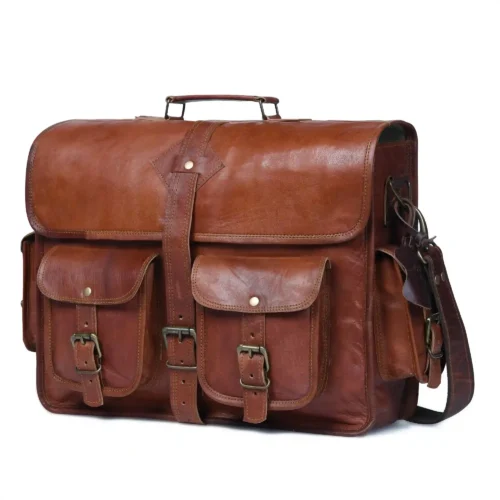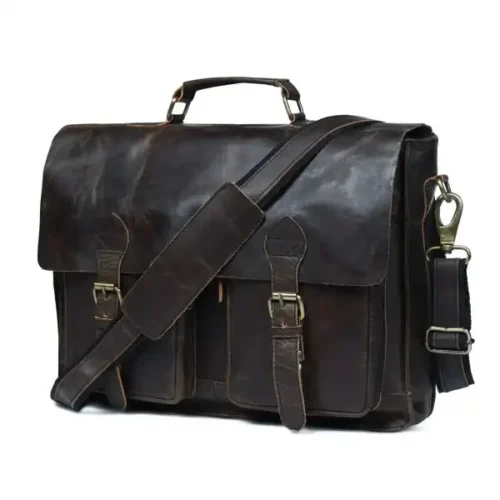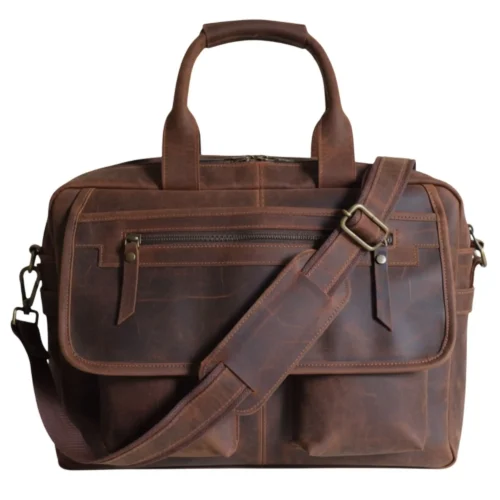
🚛 FREE SHIPPING | LIFETIME REPAIR WARRANTY | 20% Sale: “FREEDOM20”
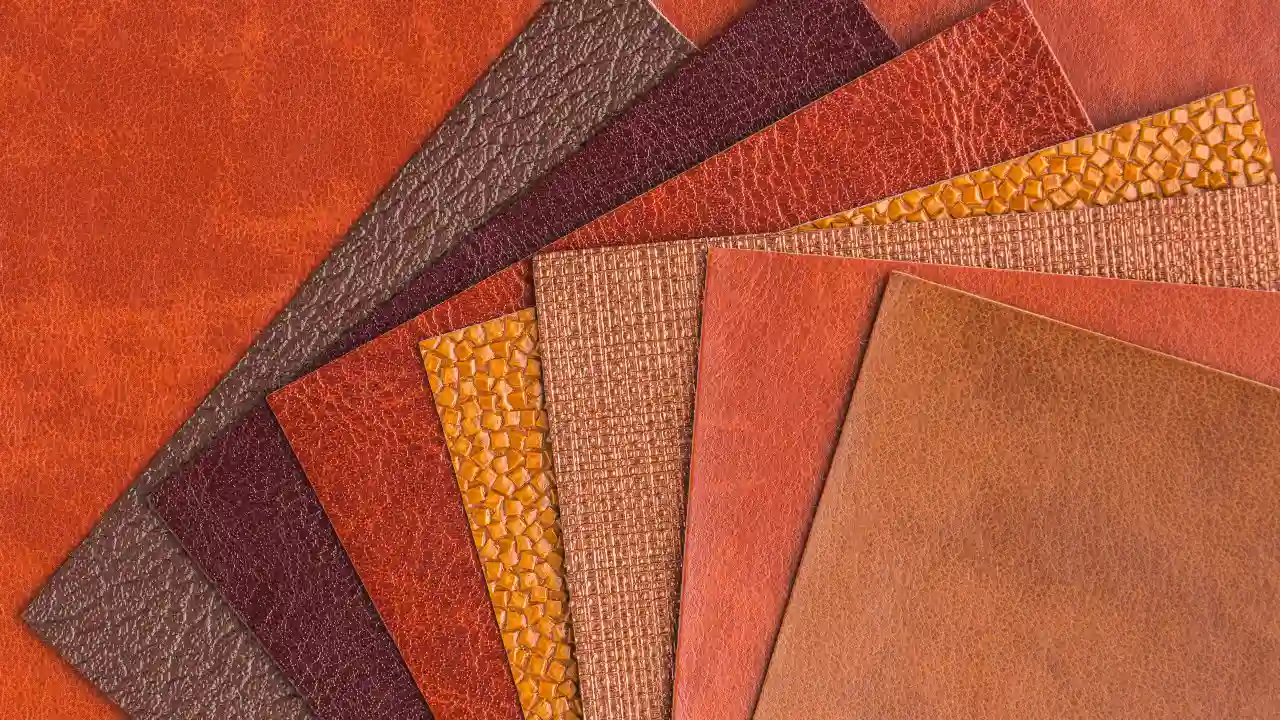
Discover the art of stretching leather to attain the ideal fit for your garments and accessories. Whether it’s stretch leather boots or a snug jacket, mastering the techniques of leather stretch is essential. Learn effective methods for stretching leather without damaging its integrity, ensuring a comfortable and personalized fit. From using specialized tools to natural stretching agents, explore the possibilities of stretched leather and how it can enhance your wardrobe. Unveil the secrets of leather stretching and unlock the potential of your favorite pieces with expert tips and tricks. Plus, ensure longevity with tips on bag cleaner leather for maintenance.
Understanding the significance of stretching leather is crucial for achieving the perfect fit and maximizing comfort in your leather goods. While there are misconceptions surrounding leather stretch, it’s essential to recognize that leather, like any natural material, has some elasticity that can be manipulated to suit individual preferences. Many believe that stretched leather will lose its shape or durability, but when done correctly, stretching can actually enhance the leather’s flexibility without compromising its integrity.
The importance of leather stretching becomes evident when considering items like a women’s leather sling bag or a vintage messenger bag leather. These accessories often require a tailored fit to ensure functionality and style. By employing effective stretching techniques, such as using a stretching spray, applying heat, or using a leather stretcher, you can customize your leather goods to your body’s contours or specific needs.
Moreover, stretching leather can alleviate discomfort caused by tightness and prevent premature wear and tear. Whether you’re breaking in a new pair of leather shoes or adjusting the strap of your favorite handbag, understanding the importance of stretching leather empowers you to enjoy your leather goods to their fullest potential while maintaining their quality and longevity.
Leather stretching is a process where the material is manipulated to expand or elongate its shape. The inherent properties of leather make it suitable for such adjustments. Different types of leather, including cowhide, lambskin, and goatskin, exhibit varying levels of stretch leather capabilities.
The stretching leather process is influenced by several factors, including the grain structure, thickness, and tanning methods employed. For instance, full-grain leather, known for its durability and natural appearance, tends to have limited leather stretch due to its dense fiber structure. Conversely, stretched leather like lambskin, with a softer grain and thinner profile, is more pliable and prone to stretching.
Will leather stretch is a common query among consumers, particularly when considering items like women’s leather travel bags. Certain types of leather, such as top-grain and corrected-grain leather, may undergo stretching to accommodate usage and movement without losing structural integrity.
Understanding the types of leather is crucial in assessing their suitability for leather stretching. While some types are more resistant, others are more malleable, making them ideal candidates for stretching processes. Overall, the flexibility of leather makes it a versatile material, capable of adapting to various needs and applications through leather stretching techniques.
When it comes to stretching leather, various methods cater to different needs and preferences. Traditional techniques like wet stretching and heat stretching have been practiced for centuries, offering effective means to adjust the size and shape of stretched leather items like a messenger leather bag or a leather duffle bag.
Wet stretching involves soaking the leather in water to soften it, making it more pliable for stretching. Once damp, the leather is stretched manually or using tools to achieve the desired shape. Leather stretching sprays can aid in this process by further relaxing the fibers, facilitating easier stretching.
Alternatively, heat stretching utilizes heat sources like steam or heat guns to soften the leather, making it more flexible for stretching. Care must be taken to avoid overheating, which can damage the leather.
Modern techniques have introduced leather stretching sprays formulated to relax the fibers, making stretching easier and more efficient. Additionally, specialized tools such as stretching pliers and boards provide controlled stretching without compromising the integrity of the leather.
Regardless of the method chosen, safety precautions should be observed, including wearing protective gloves to prevent injury and ensuring proper ventilation when using heat sources. By employing these techniques, achieving the desired leather stretch for various items becomes more accessible and manageable.
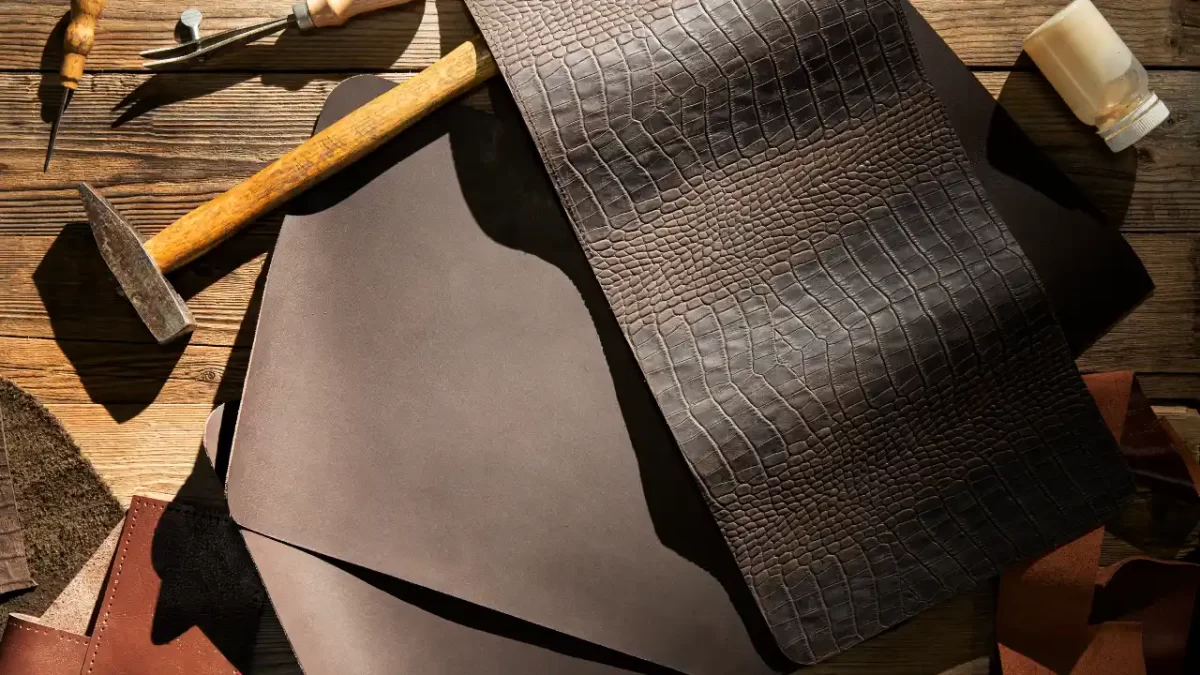
When considering how to stretch leather, it’s crucial to select the most suitable method based on the specific type of leather and desired outcome. For items like a leather shoulder bag or leather messenger bags, the choice of stretching technique can greatly impact the final result.
Wet stretching is ideal for thick and stubborn leathers, such as full-grain or vegetable-tanned leather. This method involves soaking the leather in water to soften it, allowing for easier manipulation and stretching. However, leather stretching can be unpredictable with this method, as excessive moisture may lead to warping or damage.
On the other hand, heat stretching is more suitable for thinner and delicate leathers like lambskin or suede. By applying controlled heat, the leather becomes more pliable, enabling precise stretching without risking water damage. Yet, caution must be exercised to avoid overheating, which could cause irreversible harm to the stretched leather.
Leather stretching sprays offer a convenient and versatile option, suitable for various leather types. These products penetrate the fibers, loosening them for easier stretching without the need for water or heat. However, effectiveness may vary depending on the leather’s thickness and condition.
Real-life examples abound where careful consideration of will leather stretch methods has led to successful outcomes. By assessing the unique properties of the leather and desired results, individuals can make informed decisions to achieve optimal leather stretch while preserving the integrity of their cherished items.
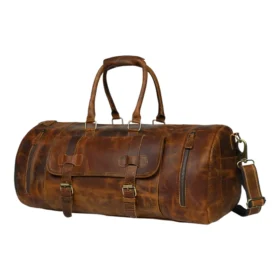
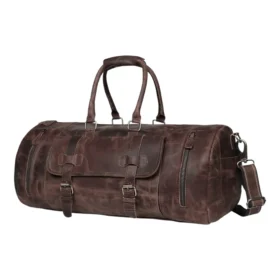


Successfully stretching leather requires attention to detail and careful execution. Here are some practical tips to ensure the effectiveness of the process:
Know Your Leather: Understand the type of leather you’re working with, whether it’s for travel bags for men or leather hobo bags. Different leather types may respond better to specific stretching techniques.
Preparation is Key: Before leather stretching, clean the surface of the leather thoroughly to remove dirt and grime. This ensures optimal absorption of stretching agents and prevents potential damage.
Test Before Stretch: Always conduct a small test patch on a hidden area of the leather to gauge its reaction to the stretching method. This helps avoid unintended damage to the stretched leather item.
Gradual Stretching: Apply gentle, even pressure when stretching the leather to prevent tearing or distortion. Incrementally increase the stretching until the desired size or shape is achieved.
Patience is Virtue: Allow sufficient time for the leather to adjust to the stretching process. Rushing may result in inadequate stretching or damage to the leather stretch item.
Use Quality Tools and Products: Invest in high-quality stretching tools and leather stretching sprays to ensure optimal results. Cheap or inferior products may yield subpar outcomes or damage the leather.
Seek Professional Advice: If unsure or dealing with valuable items like travel bags for men or leather hobo bags, consult experienced leather craftsmen or professionals for guidance and assistance.
By following these tips and exercising patience and care, you can maximize the effectiveness of stretching leather while preserving the quality and integrity of your cherished leather items.
In conclusion, understanding how to effectively stretch leather is essential for anyone seeking to manipulate the size or shape of leather items. Whether it’s stretching leather for travel bags, hobo bags, or any other leather product, the process requires careful consideration of various factors.
Throughout this exploration, we’ve delved into different methods of leather stretching, including traditional techniques like wet stretching and heat stretching, as well as modern approaches involving stretching sprays and tools. Each method has its benefits and limitations, making it crucial to choose the right one based on the type of leather and desired outcome.
Furthermore, we’ve discussed important tips for success, emphasizing the significance of proper preparation, patience, and the use of quality tools and products. By following these guidelines and seeking professional advice when needed, individuals can achieve optimal results while safeguarding the integrity of their leather items.
Ultimately, the question of will leather stretch is answered with a resounding yes, thanks to the inherent properties of leather that allow for manipulation and adjustment. With careful planning, attention to detail, and a thoughtful approach, anyone can successfully stretch leather items to meet their specific needs and preferences, ensuring longevity and functionality for years to come.
FAQs
Yes, leather can be stretched. Its natural fibers allow for manipulation and adjustment of shape, making it possible to stretch leather items like bags, jackets, and shoes. Various stretching methods, such as wet stretching, heat stretching, and the use of stretching sprays and tools, can effectively elongate or expand leather to accommodate different needs and preferences. However, the extent to which leather can be stretched depends on factors like the type of leather, its thickness, and the stretching technique employed. With proper care and technique, leather stretching can be achieved successfully.
Rubbing alcohol can potentially stretch leather, but it’s not recommended due to its harsh effects on the material. While alcohol may soften leather temporarily, it can also dry it out, leading to long-term damage such as cracking and weakening of the fibers. Additionally, alcohol can strip away the natural oils and finishes that help maintain leather’s strength and flexibility. It’s safer and more effective to use specialized leather stretching products or techniques designed specifically for this purpose, rather than risking damage with rubbing alcohol.
The duration for soaking leather for stretching depends on various factors such as the thickness of the leather and the desired degree of flexibility. Generally, leather should be soaked for about 30 minutes to 1 hour in lukewarm water to sufficiently soften it for stretching. However, thicker or more stubborn leather may require longer soaking times, sometimes up to several hours. It’s important to monitor the leather during soaking to prevent over-soaking, which can lead to water damage or weakening of the fibers. Experimentation and careful observation will help determine the optimal soaking duration for effective stretching.
Several methods can soften and stretch leather effectively. One common approach is to use specialized leather conditioning products or oils, such as neatsfoot oil, mink oil, or leather conditioner. These products penetrate the leather fibers, moisturizing and softening them to increase flexibility and ease of stretching. Additionally, wet stretching involves soaking the leather in water to soften it before gently stretching it into the desired shape. Heat can also be applied through techniques like heat guns or steam to soften the leather for stretching. However, it’s essential to exercise caution to avoid damaging the leather during the stretching process.

